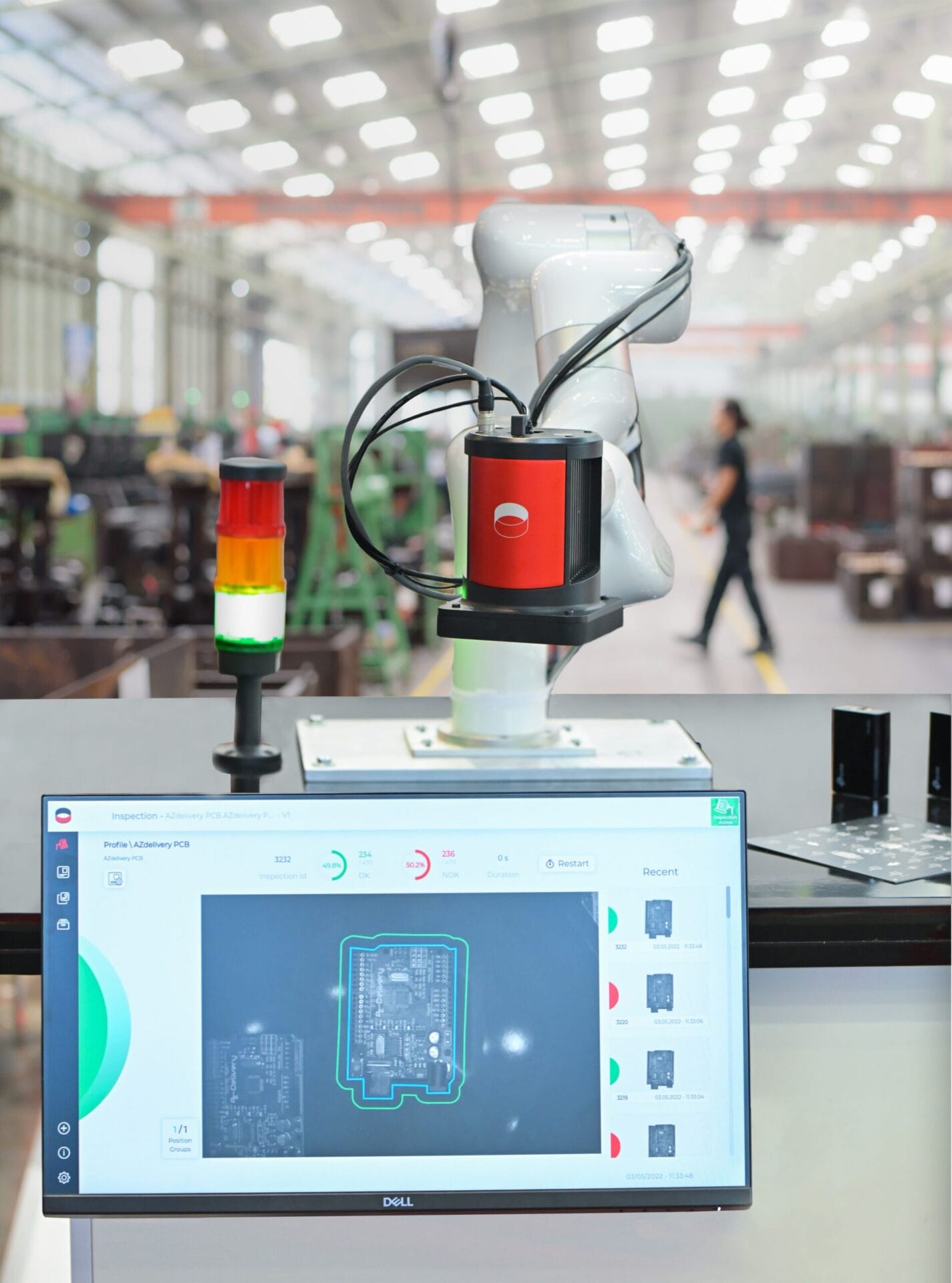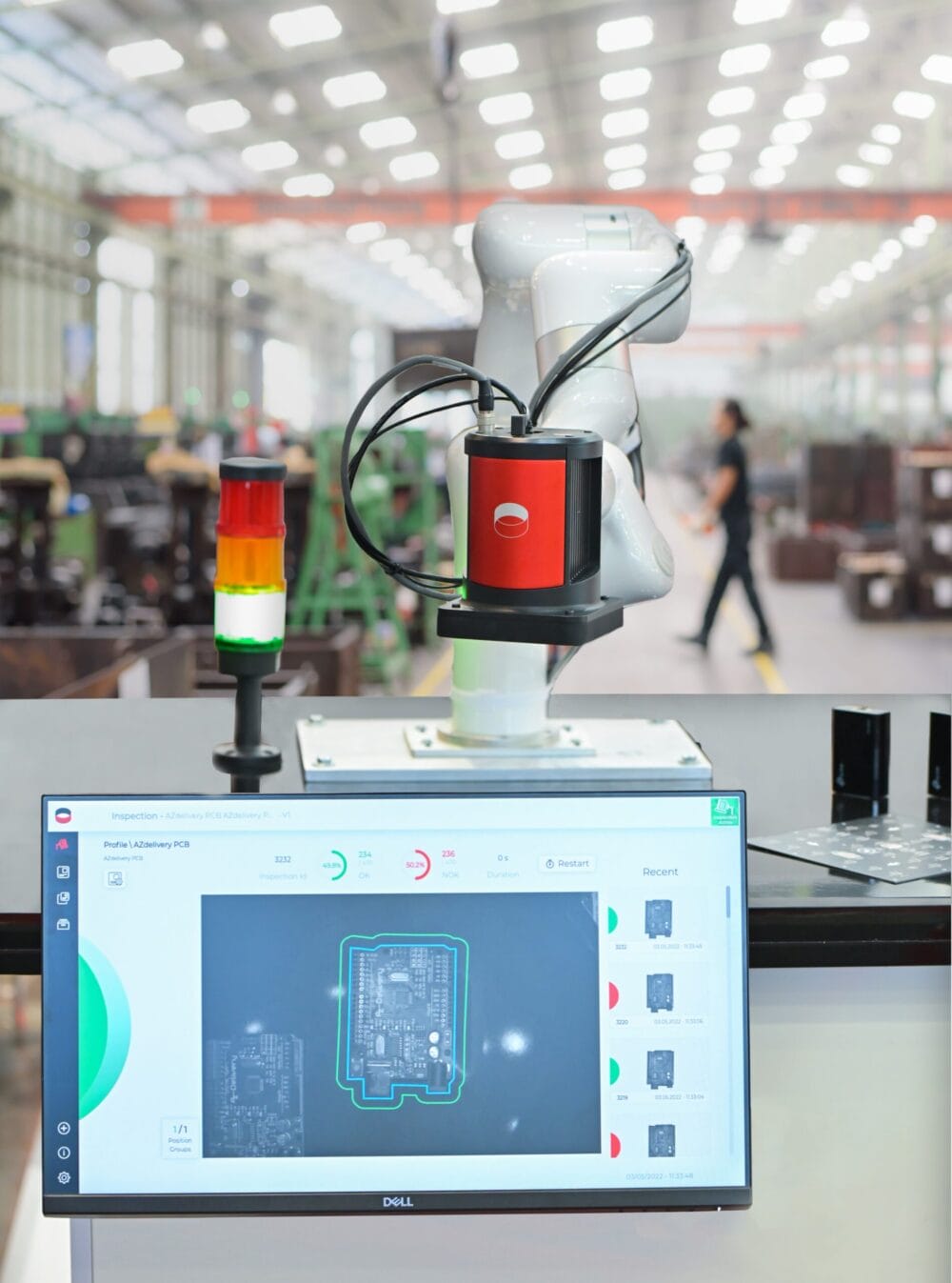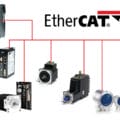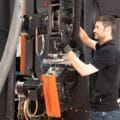AI-powered visual inspection provides significant value in several areas of production, particularly where traditional inspection methods are either too slow, inaccurate, or costly. Here’s where it delivers the greatest impact:
- Quality Control and Defect Detection
- Precision and Speed: AI can identify defects at a much faster rate than human inspectors, with greater accuracy. This is crucial in industries like electronics, automotive, and pharmaceuticals, where even minor defects can have serious consequences.
- Consistent Quality Assurance: AI systems do not suffer from fatigue or human error, ensuring consistent inspection quality over long periods, which is critical in high-volume production environments.
- Reduction of Waste
- Minimizing Scrap: By detecting defects early in the production process, AI-powered visual inspection helps reduce the amount of waste and rework, leading to cost savings and more efficient use of materials.
- Optimized Resource Use: It helps in fine-tuning production processes by providing data that can be used to adjust machines and processes to minimize defects.
- Improvement of Production Efficiency
- Real-Time Monitoring: AI systems can inspect products in real-time, allowing for immediate identification and rectification of issues, which minimizes downtime and keeps the production line running smoothly.
- Automation of Repetitive Tasks: AI can handle repetitive and tedious inspection tasks that are prone to human error, freeing up human workers for more complex and value-added activities.
- Cost Reduction
- Labor Costs: Automated inspections reduce the need for large teams of human inspectors, lowering labour costs.
- Faster Throughput: By speeding up the inspection process, AI reduces the overall time taken for production, enabling quicker turnaround times.
- Enhanced Data Collection and Analysis
- Big Data and Analytics: AI visual inspection systems generate large amounts of data that can be analysed to improve production processes, predict defects, and make data-driven decisions.
- Predictive Maintenance: By identifying patterns and anomalies in real-time, AI can predict equipment failures before they occur, preventing costly downtime.
- Complex Inspections
- Handling Complex Assemblies: In industries such as aerospace and automotive, where products involve complex assemblies, AI can inspect intricate parts and assemblies that might be difficult or impossible for humans to accurately inspect.
- Customization and Flexibility: AI systems can be trained to adapt to different products and inspection criteria, providing flexibility in production lines that deal with a variety of products.

- Compliance and Traceability
- Regulatory Compliance: Many industries require strict adherence to quality standards and regulations. AI-powered visual inspection ensures that all products meet these standards, reducing the risk of non-compliance.
- Traceability: AI can provide detailed records of inspections, which are valuable for traceability and audits, especially in industries like food, pharmaceuticals, and automotive.
- Support for Remote and Unmanned Operations
- Remote Monitoring: AI systems can be deployed in remote or hazardous environments where human inspection is not feasible, such as in mining, offshore drilling, or nuclear power plants.
- Unmanned Inspection: In fully automated or lights-out manufacturing environments, AI-powered visual inspection ensures that the quality of products is maintained without human presence.
In summary, AI-powered visual inspection delivers the greatest value in production by enhancing quality control, reducing waste, improving efficiency, lowering costs, enabling complex inspections, ensuring compliance, and supporting unmanned operations. Its ability to process and analyse visual data at high speed and accuracy makes it an indispensable tool in modern manufacturing environments.
An example of AI powered inspection systems is the InspektoS70, available in the UK from Optimax Imaging and Inspection Ltd








